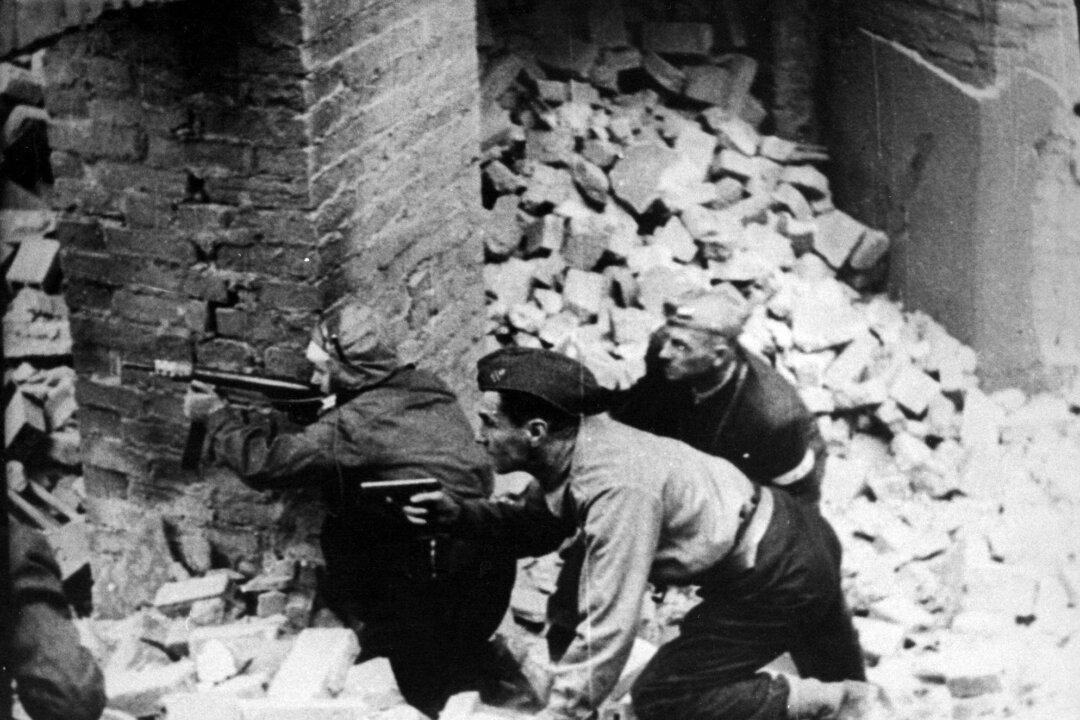Commentary
What role did the anti-Nazi resistance play in the eventual defeat of Germany’s Third Reich? Apparently, a much larger role than most people are aware of.

What role did the anti-Nazi resistance play in the eventual defeat of Germany’s Third Reich? Apparently, a much larger role than most people are aware of.